Scientists from Washington University in St. Louis have launched a balloon-borne telescope to unlock the secrets of astrophysical black holes and neutron stars, some of the most extreme objects in the universe. The device known as XL-Calibur was launched from the Swedish Space Corporation’s Esrange Space Center, situated north of the Arctic Circle near Kiruna, Sweden, July 9.
Tag: X-Ray
SLAC researchers pioneer new methods in ultrafast science for sharper molecular movies
Improvements to the lab’s “electron camera” use AI and “time stamping” to help reveal nature’s speedy processes more accurately.
Does AI Help or Hurt Human Radiologists’ Performance? It Depends on the Doctor
Study shows AI improves performance for some radiologists but worsens it for others.
Understanding who might benefit from AI and who would not is critical for designing tools that boost human performance.
How do neural networks learn? A mathematical formula explains how they detect relevant patterns
Researchers found that a formula used in statistical analysis provides a streamlined mathematical description of how neural networks, such as GPT-2, a precursor to ChatGPT, learn relevant patterns in data, known as features. This formula also explains how neural networks use these relevant patterns to make predictions. The team presented their findings in the March 7 issue of the journal Science.
Type 2 Diabetes Alters the Behavior of Discs in the Vertebral Column
Type 2 diabetes alters the behavior of discs in the vertebral column, making them stiffer, and also causes the discs to change shape earlier than normal.

Getting X-rays at the Dentist? It’s Safer Than You Realize
Since dental X-rays became commonplace some seven decades ago, dentists and hygienists have been draping their patients with protective gear to shield them from the possibility of radiation exposure to body parts other than the jaw. But experts in dental radiology at Tufts University say it’s time to hang up those lead aprons for good.
How Good Is That AI-Penned Radiology Report?
New study identifies concerning gaps between how human radiologists score the accuracy of AI-generated radiology reports and how automated systems score them.
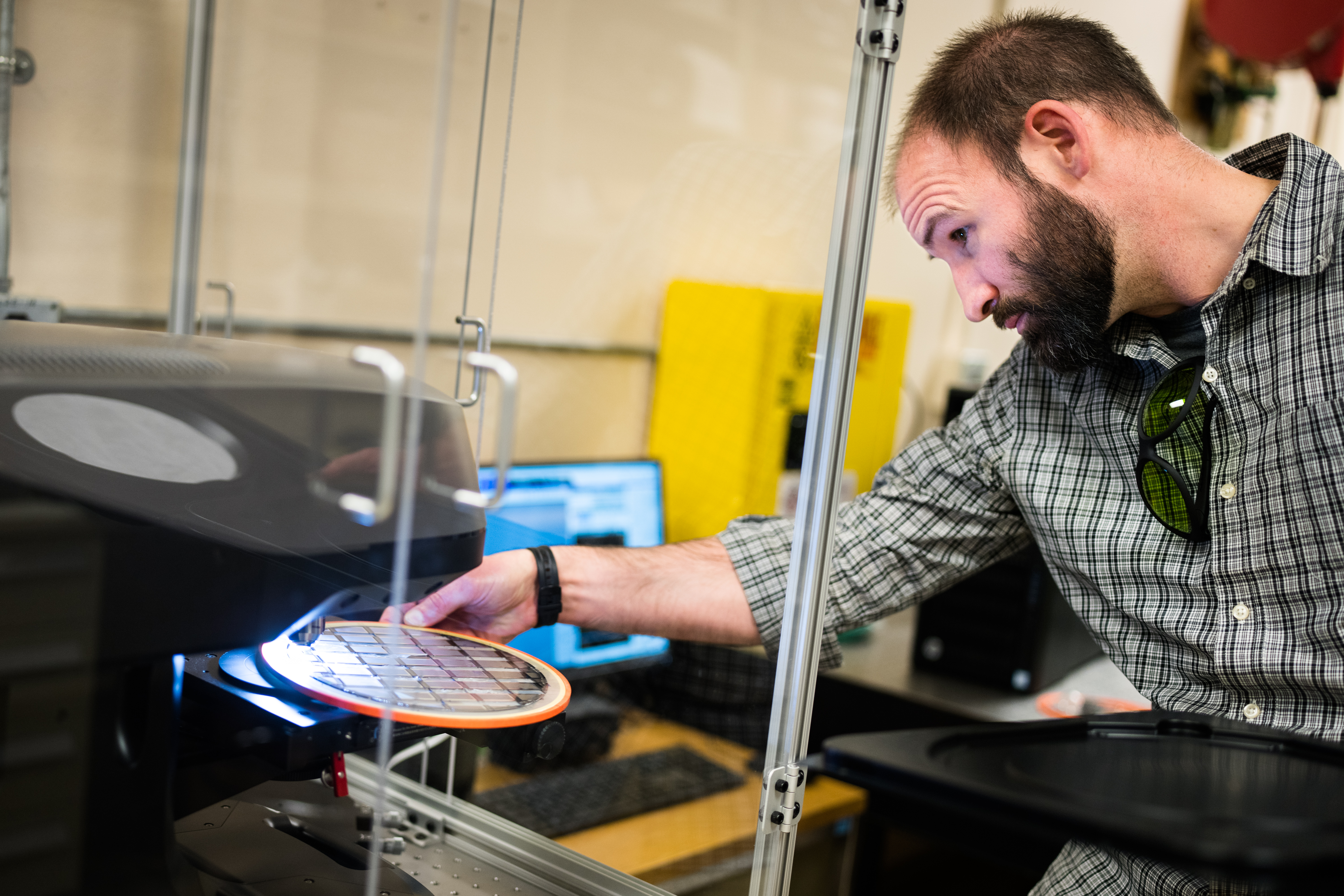
World’s fastest burst-mode X-ray camera hits the road
Sandia National Laboratories has partnered with Albuquerque-based startup Advanced hCMOS Systems to commercialize ultrafast imaging technology invented at the labs and used extensively in fusion research.
National Science Foundation awards $90.8M to Arizona State University to advance X-ray science
The National Science Foundation today announced $90.8 million in funding to Arizona State University — the largest NSF research award in the university’s history — to advance groundbreaking research in X-ray science.
First-of-its-kind instrument officially ushers in new era of X-ray science
Arizona State University has officially begun a new chapter in X-ray science with a newly commissioned, first-of-its-kind instrument that will help scientists see deeper into matter and living things. The device, called the compact X-ray light source (CXLS), marked a major milestone in its operations as ASU scientists generated its first X-rays on the night of Feb. 2.

Advanced Light Source Upgrade Approved to Start Construction
Berkeley Lab’s ALS has received federal approval to begin construction on an upgrade that will boost the brightness of its X-ray beams at least a hundredfold. Scientists will use the improved beams for research into new materials, chemical reactions, and biological processes. This construction milestone enables the lab’s biggest project in three decades to move from planning to execution.
Polarized X-rays reveal shape, orientation of extremely hot matter around black hole
Researchers’ recent observations of a stellar-mass black hole called Cygnus X-1 reveal new details about the configuration of extremely hot matter in the region immediately surrounding the black hole. Matter is heated to millions of degrees as it is pulled toward a black hole. This hot matter glows in X-rays. Researchers are using measurements of the polarization of these X-rays to test and refine models that describe how black holes swallow matter, becoming some of the most luminous sources of light — including X-rays — in the universe.
WVU scientist says NASA’s Webb Telescope will boost space research at University, Green Bank Observatory
The first photos from NASA’s James Webb Space Telescope have given researchers the deepest and clearest infrared look into space to date. West Virginia University researcher Maura McLaughlin, distinguished professor of physics and astronomy at the Eberly College of Arts…
Flexible, wearable X-ray detector doesn’t require heavy metals
Researchers in ACS’ Nano Letters report a proof-of-concept wearable X-ray detector prepared from nontoxic metal-organic frameworks (MOFs) layered between flexible plastic and gold electrodes for high-sensitivity sensing and imaging.

How X-rays Could Make Reliable, Rapid COVID-19 Tests a Reality
Vaccines are turning the tide of the pandemic, but there’s still a risk of COVID-19 infections. Instant at-home tests would help us return to normal, but current options aren’t very accurate. A new discovery could get reliable tests on the market.
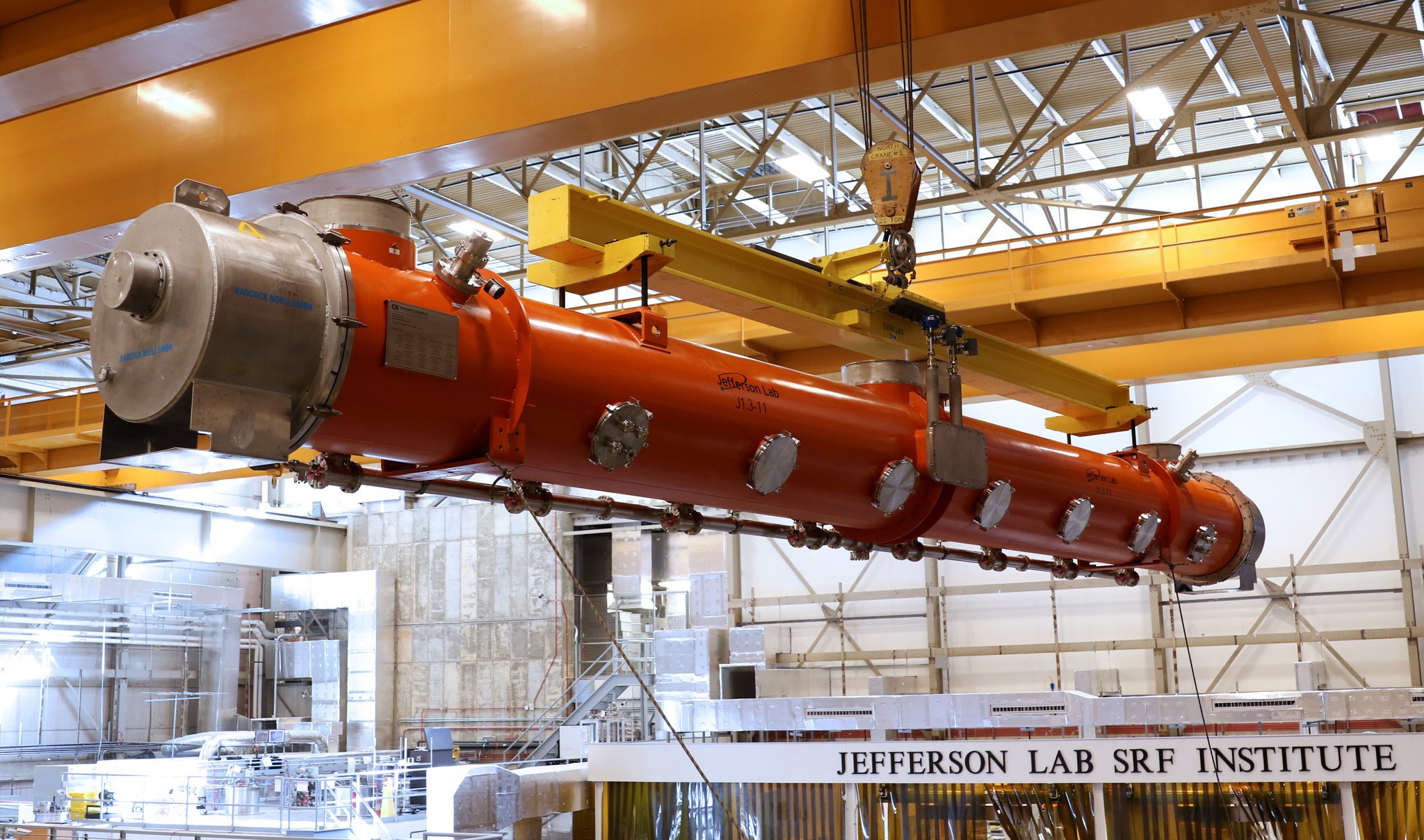
Accelerator Makes Cross-Country Trek to Enable Laser Upgrade
Today, the U.S. Department of Energy’s Thomas Jefferson National Accelerator Facility has shipped the final new section of accelerator that it has built for an upgrade of the Linac Coherent Light Source (LCLS). The section of accelerator, called a cryomodule, has begun a cross-country road trip to DOE’s SLAC National Accelerator Laboratory, where it will be installed in LCLS-II, the world’s brightest X-ray laser.

The Machine Inside a Catfish’s Catch
New research into how catfish capture prey provides an unparalleled view of the internal mechanics of fish skulls and could inspire the design of new underwater robots.

Is proton therapy the silver bullet for children with brain cancer?
How safe is proton therapy for children with brain cancer compared to the conventional x-ray radiation delivered post-surgery?
Cornell synchrotron receives $32.6M from NSF for new X-ray beamline
The National Science Foundation has awarded the Cornell High Energy Synchrotron Source (CHESS) $32.6 million to build a High Magnetic Field (HMF) beamline, which will allow researchers to conduct precision X-ray studies of materials in persistent magnetic fields that exceed those available at any other synchrotron.

Machine Learning Scientists Teach Computers to Read X-Ray Images
PNNL researchers used machine learning to develop a tool for a nonprofit to identify orthopedic implants in X-ray images to improve surgical speed and accuracy
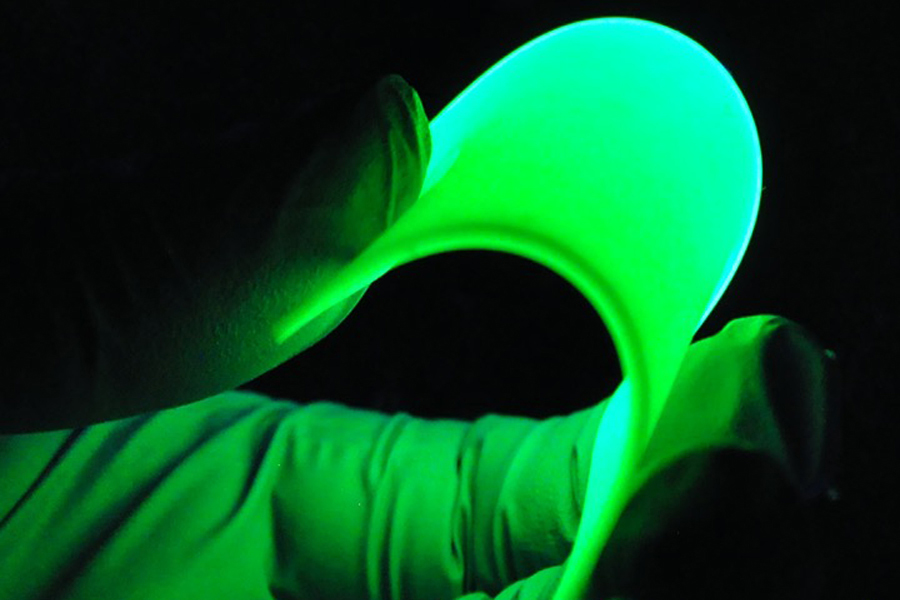
FSU researchers develop new X-ray detection technology
Florida State University researchers have developed a new material that could be used to make flexible X-ray detectors that are less harmful to the environment and cost less than existing technologies.
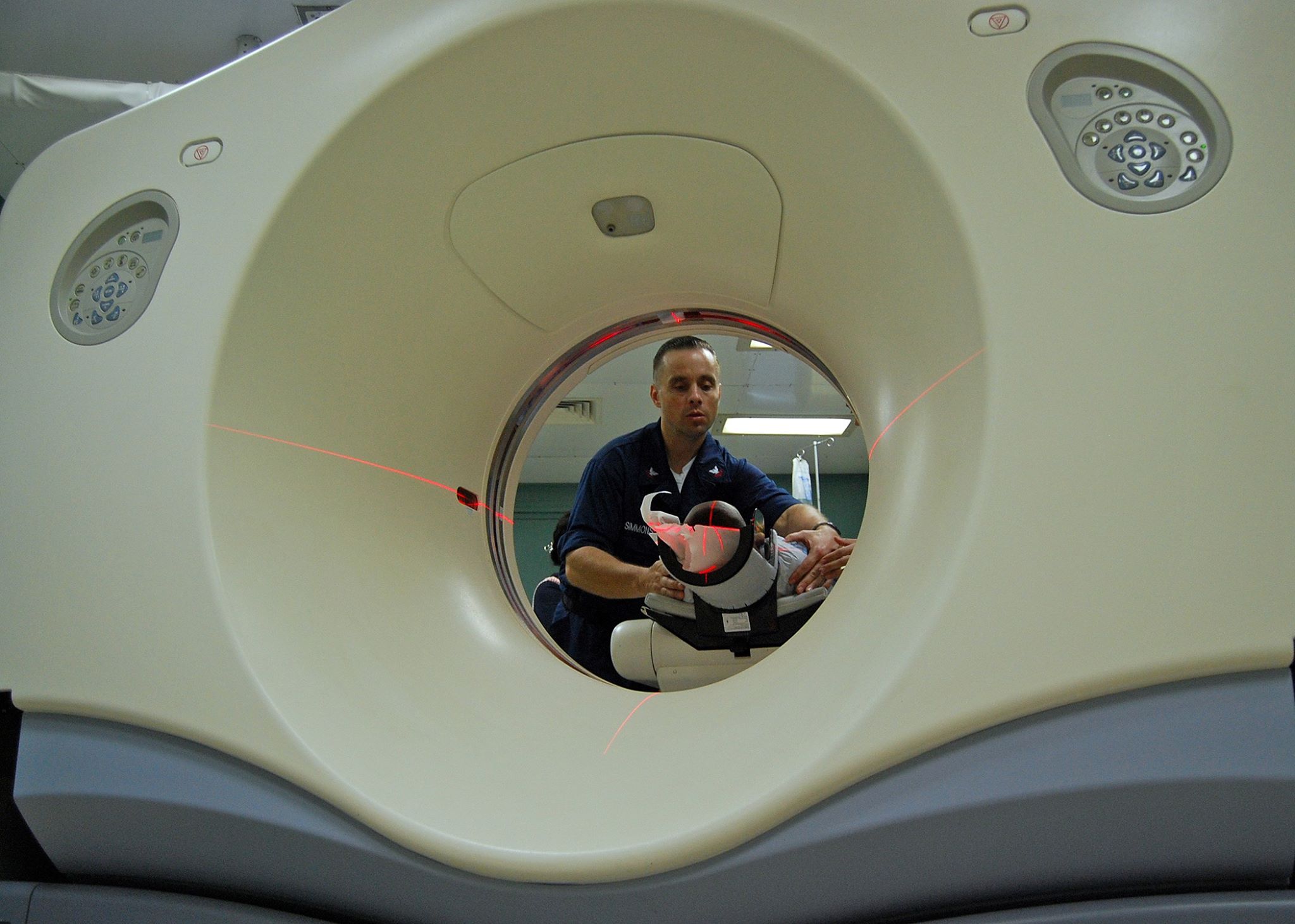
Whole body scans for trauma patients saves time spent in emergency departments
A new study by a University of South Australia medical imaging student may have found the solution to easing hospital ramping and crowded emergency departments.
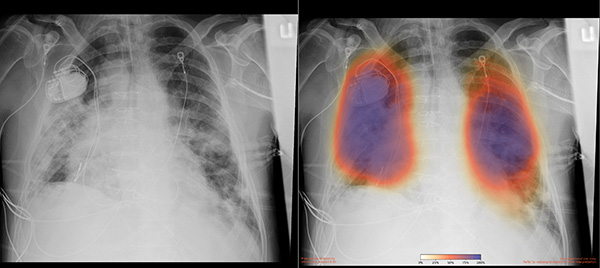
Artificial Intelligence Enables Rapid COVID-19 Lung Imaging Analysis at UC San Diego Health
With support from Amazon Web Services, UC San Diego Health physicians are using AI in a clinical research study aimed at speeding the detection of pneumonia, a condition associated with severe COVID-19.
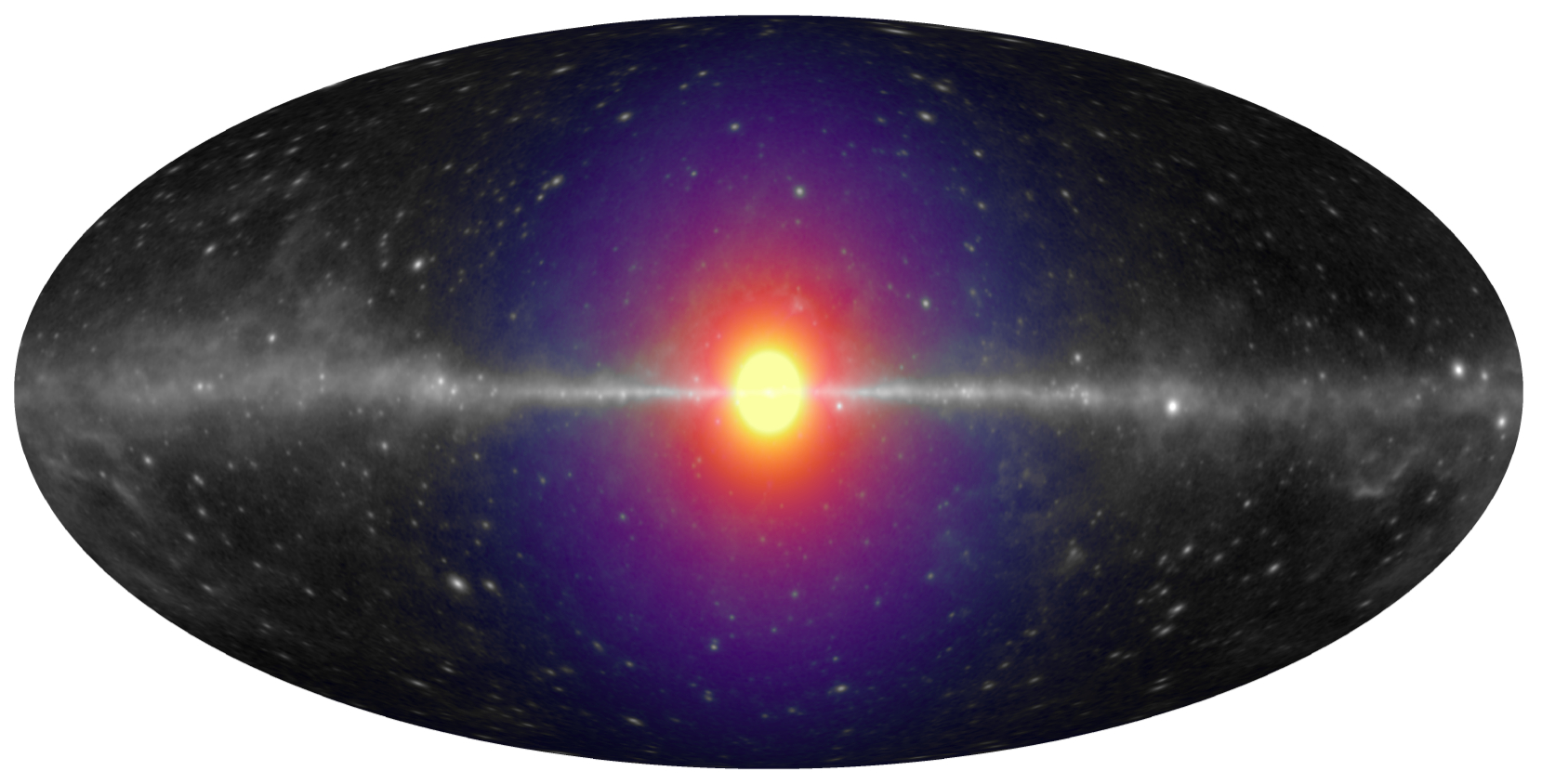
New Technique Looks for Dark Matter Traces in Dark Places
A new study by scientists at Berkeley Lab, UC Berkeley, and the University of Michigan – published online this week in the journal Science – concludes that a possible dark matter-related explanation for a mysterious light signature in space is largely ruled out.
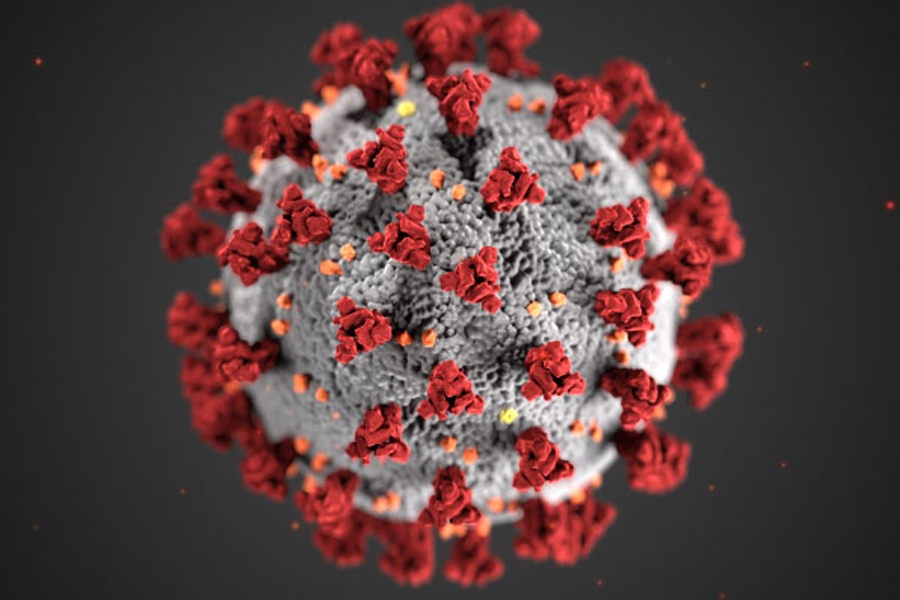
The Department of Energy Tackling the Challenge of Coronavirus
The Department of Energy has a vital role to play in the national response to COVID-19. Researchers have already used tools at national laboratories to make major inroads to analyzing the virus and its spread.

Why is Appendicitis Not Always Diagnosed in the Emergency Department?
A new study examines the factors associated with a potentially missed diagnosis of appendicitis in children and adults in the emergency department.
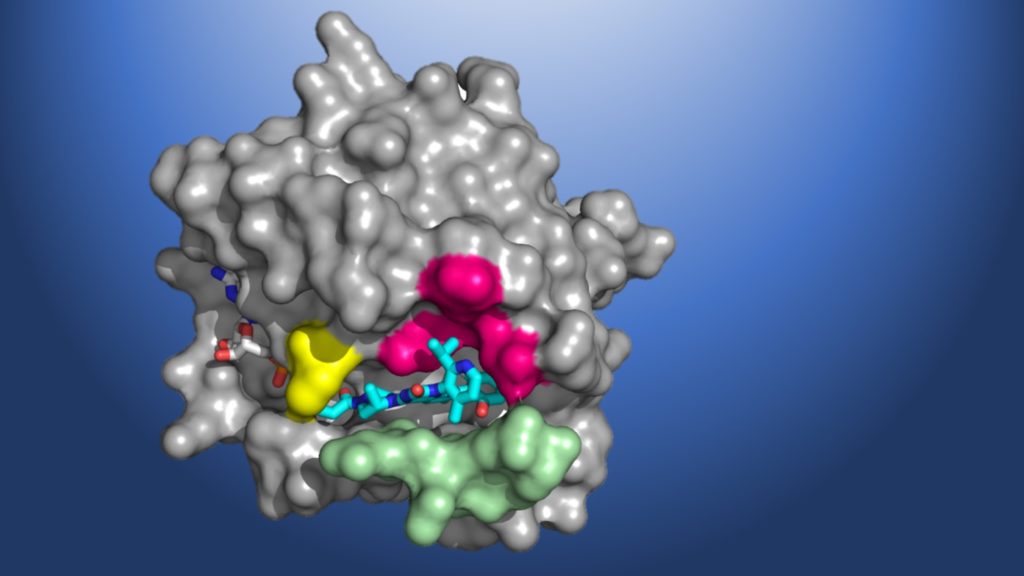
Science Snapshots From Berkeley Lab
This edition of Science Snapshots highlights the discovery of an investigational cancer drug that targets tumors caused by mutations in the KRAS gene, the development of a new library of artificial proteins that could accelerate the design of new materials, and new insight into the natural toughening mechanism behind adult tooth enamel.
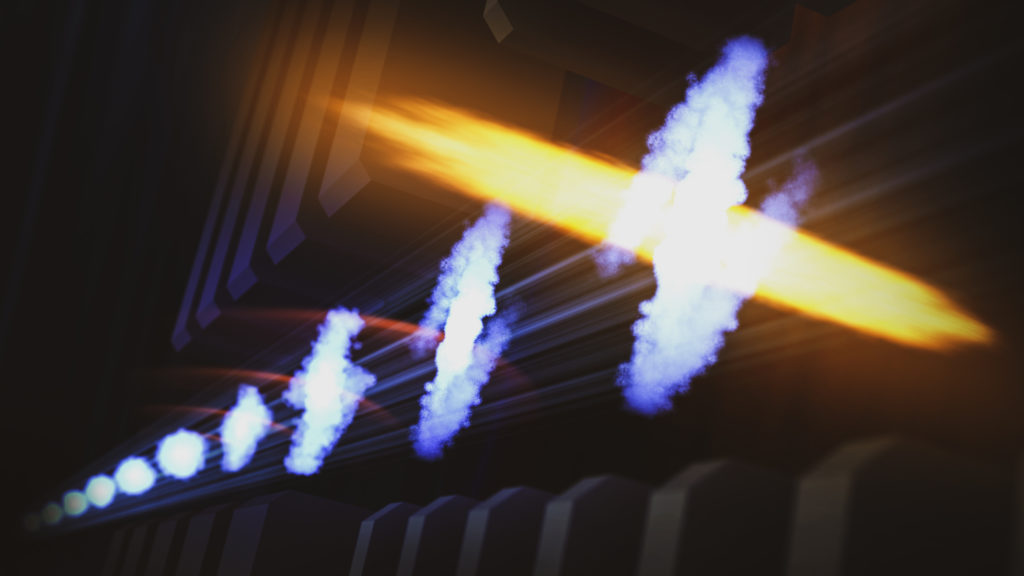
SLAC scientists invent a way to see attosecond electron motions with an X-ray laser
Researchers at the Department of Energy’s SLAC National Accelerator Laboratory have invented a way to observe the movements of electrons with powerful X-ray laser bursts just 280 attoseconds, or billionths of a billionth of a second, long.

The Chemistry of Art: Scientists Explore Aged Paint in Microscopic Detail to Inform Preservation Efforts
To learn more about the chemical processes in oil paints that can damage aging artwork, a team led by researchers at the National Gallery of Art and the National Institute of Standards and Technology conducted a range of studies that included 3D X-ray imaging of a paint sample at Berkeley Lab’s Advanced Light Source.
Mineral Discovery Made Easier: X-Ray Technique Shines a New Light on Tiny, Rare Crystals
Berkeley Lab scientists participate in the discovery of ognitite; other candidate new-mineral studies in progress Like a tiny needle in a sprawling hayfield, a single crystal grain measuring just tens of millionths of a meter – found in a borehole sample…